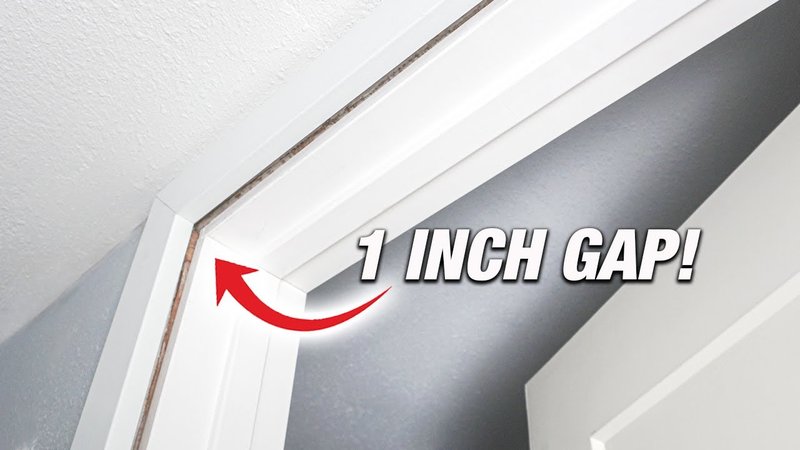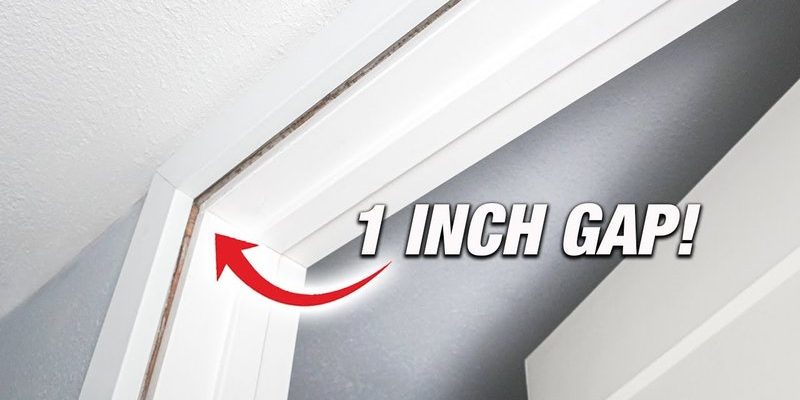
Adjusting a door latch might sound intimidating at first, especially when you have to wrestle with door frames that aren’t cooperating. But honestly, with the right tools and a little patience, you can have that door working smoothly in no time. Whether you’re adjusting a standard latch on a wooden door or a more modern latch, this guide will walk you through each step—and I promise it won’t be as tricky as it sounds.
Understanding Door Latch Mechanics
Let’s start with the basics. A door latch is a simple mechanism that keeps your door closed. When you turn the handle, the latch retracts, allowing you to open the door. But if your door frame trim is too thick, it can prevent the latch from fully engaging with the strike plate. Think of the latch as a key trying to fit into a lock that’s just a little too tight; it won’t work properly until you make some adjustments.
If the latch doesn’t align well, you might encounter several problems, including difficulty closing the door, drafts sneaking in, or even security concerns. So understanding how this function works is crucial if you want to solve these issues effectively.
Assessing the Problem
Before diving into adjustments, take a step back and assess what’s happening. Is the door latch not catching at all, or is it just hard to close? Check the alignment of the latch and strike plate. You can do this by closing the door slowly and observing where the latch meets the strike plate. You might be wondering how to tell if the trim is too thick. Here’s a simple way to check:
1. Close the Door: Make sure the door is closed completely.
2. Inspect the Gap: Look for any gaps between the latch and the strike plate.
3. Test the Latch: Try turning the handle. If it feels stiff or you hear scraping, it’s likely a trim issue.
If everything looks misaligned, it’s time to roll up your sleeves and get to work.
Tools You’ll Need
Having the right tools makes any job easier. For adjusting a door latch, you’ll typically need:
- A screwdriver (Phillips or flathead depending on your screws)
- A chisel
- A wood file
- A level
- Pencil for marking
These tools will help you either move or modify the latch and strike plate so they align properly. If you notice that the screws are stripped or not holding well, having some replacement screws handy isn’t a bad idea either.
Adjusting the Door Latch
Now that you’ve assessed the problem and gathered your tools, let’s get into adjusting the door latch. Follow these steps carefully:
1. Loosen the Screws: Using the screwdriver, loosen the screws holding the door latch in place. Don’t remove them completely; just loosen enough for some movement.
2. Adjust the Position: Gently shift the latch in the direction needed for alignment—either up, down, or sideways until it fits snugly in the strike plate.
3. Tighten the Screws: Once you’ve found the right position, retighten the screws but be careful not to overtighten them.
4. Test the Door: Close the door and test the latch. If everything aligns well, great! If not, you may need to adjust further or consider modifying the strike plate.
Modifying the Strike Plate
If moving the latch wasn’t enough, you might need to modify the strike plate instead. This can be done straightforwardly with just a few extra steps:
1. Mark the Position: Close the door and mark where the latch meets the strike plate with a pencil.
2. Remove the Strike Plate: Take out the screws holding the strike plate and gently pull it away from the door frame.
3. Chisel Out More Space: Use a chisel to remove a bit of material where you marked, allowing for more room for the latch to fit. Make sure to do this carefully to avoid damaging the surrounding area.
4. Reattach the Strike Plate: Once modified, reposition the strike plate and screw it back in place.
What If the Trim Is Too Thick?
Sometimes just adjusting the latch and the strike plate isn’t enough. If the door frame trim is significantly thick, you may need to consider trimming down the trim itself. This is a more extensive process, but it can make a huge difference. Here’s how to approach it:
1. Assess the Trim: Look at how thick the trim is compared to the door frame. If it’s more than half an inch, trimming may be your best option.
2. Remove the Trim Carefully: Use a pry bar to gently remove the trim without damaging the wall or the door frame.
3. Trim the Excess: Use a saw to trim the excess material. Take your time with this step, ensuring you’re cutting straight and even.
4. Reinstall the Trim: After trimming, reattach the trim securely. You might even want to paint or finish it to match the rest of your door frame.
Troubleshooting Common Issues
While most adjustments are straightforward, you might run into some common problems along the way. Here are a few things to keep in mind:
– Misalignment after Adjusting: If it doesn’t align after adjustments, don’t hesitate to double-check your work. Sometimes screws can be loose, or the latch might need to be moved again.
– Difficulty Turning the Handle: If you find that the handle feels stiff after an adjustment, it might mean the latch is still off slightly. Readjust until you find that sweet spot.
– Door Binding: If the door binds or sticks, it could be that the latch isn’t the only issue. Check for any rubbing against the frame and adjust or sand down where necessary.
Adjusting a latch when the door frame trim is thick may take some elbow grease and patience, but the result is always worth it.
Adjusting a door latch when the trim is too thick might seem daunting, but with a little guidance and the right tools, it’s absolutely manageable. Small adjustments can lead to a perfectly functioning door, not only enhancing your home’s security but also improving its overall appearance. Remember to take your time, make sure everything aligns well, and don’t hesitate to modify the trim if necessary. Happy fixing!
